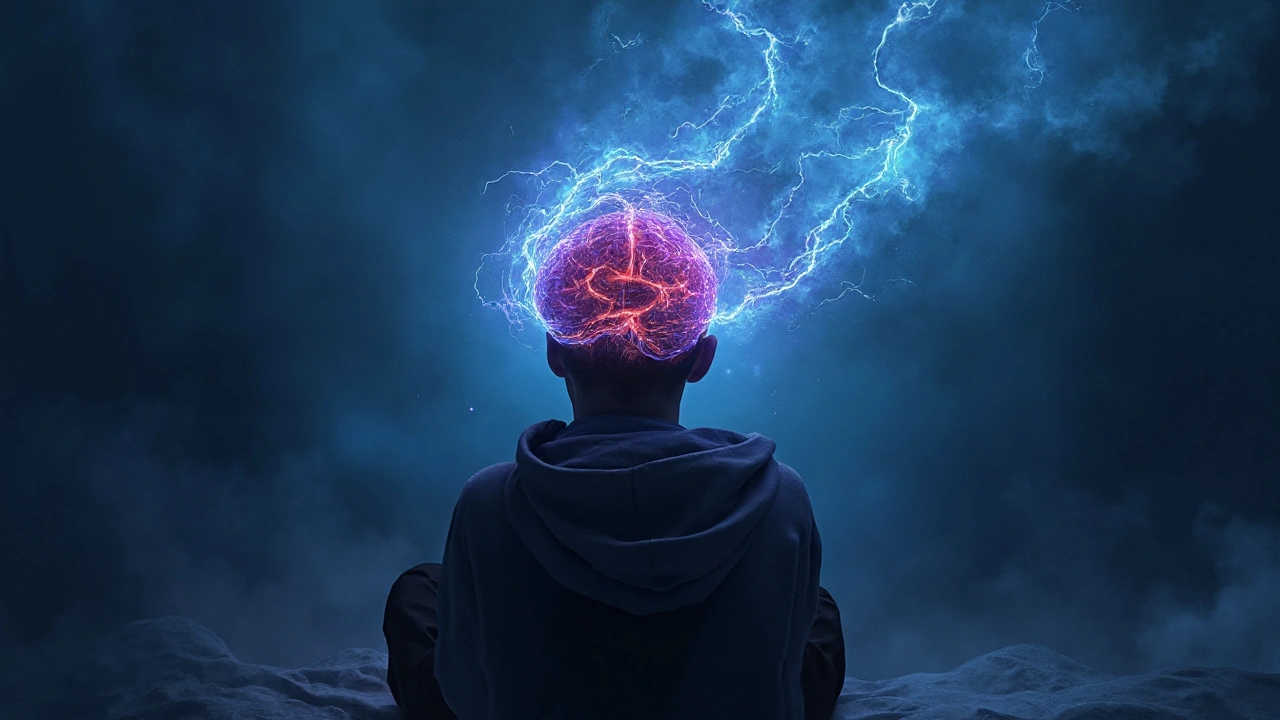Migraine Comorbidity: What It Means and Why It Matters
If you get migraine attacks, you might notice other health issues showing up too. That’s called a comorbidity – two or more conditions that happen together. Knowing which problems tend to travel with migraine helps you catch them early and treat everything more effectively.
Common Conditions That Travel With Migraine
Depression is one of the most frequent partners of migraine. The constant pain can wear you down, and the brain chemicals involved in migraine also affect mood. Anxiety follows a similar pattern; the fear of the next attack can keep you on edge all day. Sleep disorders, especially insomnia, are another big one – poor sleep can trigger attacks, and attacks can ruin sleep, creating a loop.
Heart‑related issues are often linked too. People with migraine, especially with aura, have a slightly higher chance of stroke or heart disease. This doesn’t mean you’ll definitely get those problems, but it’s a sign to keep an eye on blood pressure and cholesterol. Medication overuse headache is a practical comorbidity; taking pain pills too often can turn a migraine into a daily headache.
What You Can Do About Migraine Comorbidities
First, talk to your doctor about the full picture, not just the headache. A simple questionnaire can spot depression or anxiety early, and a quick blood test can check heart health. If you’re sleeping badly, try a regular bedtime routine, limit caffeine after noon, and keep the bedroom dark and cool.
Second, watch your medication use. Stick to the prescribed dose and avoid taking extra pills when an attack starts. If you find yourself reaching for over‑the‑counter meds a lot, ask your doctor about preventive treatments – they can cut down the need for rescue pills.
Third, lifestyle changes help both migraine and its partners. Regular exercise, even a short walk, improves mood and heart health while also reducing migraine frequency. A balanced diet low in processed foods and added sugar keeps blood sugar stable, which can lower both headache and anxiety spikes.
Finally, keep a simple diary. Write down the day, what you ate, stress levels, sleep quality, and if you had a migraine. Over a month you’ll see patterns – maybe a bad night’s sleep leads to a headache, or a stressful meeting triggers both anxiety and migraine. Knowing the pattern makes it easier to break the cycle.
In short, migraine rarely travels alone. By spotting and treating the other conditions that show up with it, you can lower the overall health impact and feel better day to day. Start the conversation with your healthcare provider today and take a few small steps – the combined effect can be big.
Exploring the Link Between Migraines and Tonic-Clonic Seizures

An in‑depth look at how migraines may be connected to tonic‑clonic seizures, covering shared mechanisms, diagnosis, treatment and future research.
